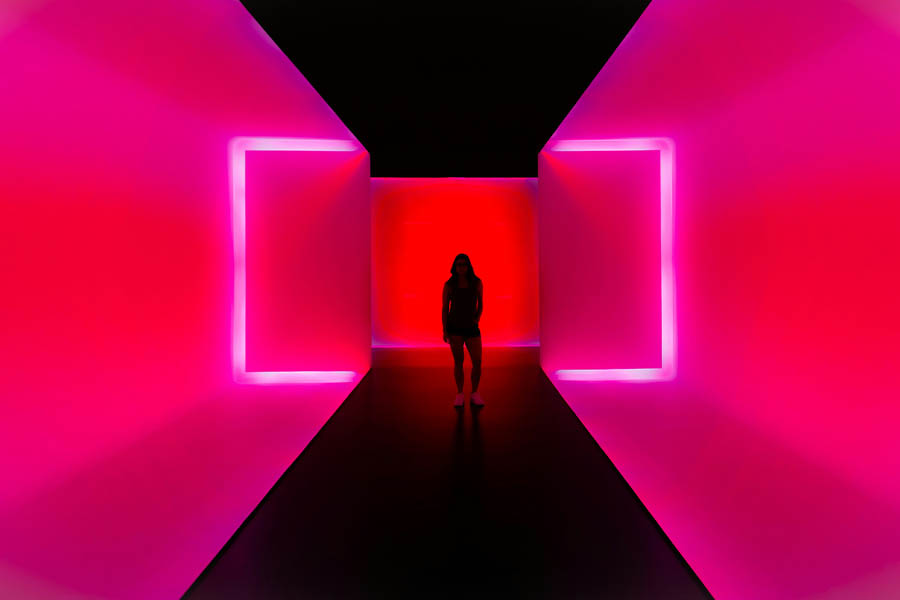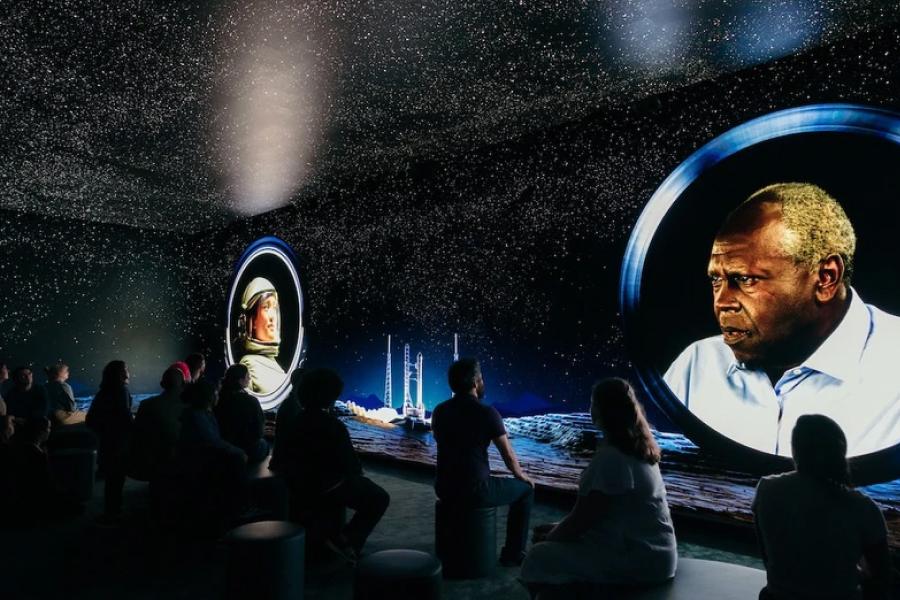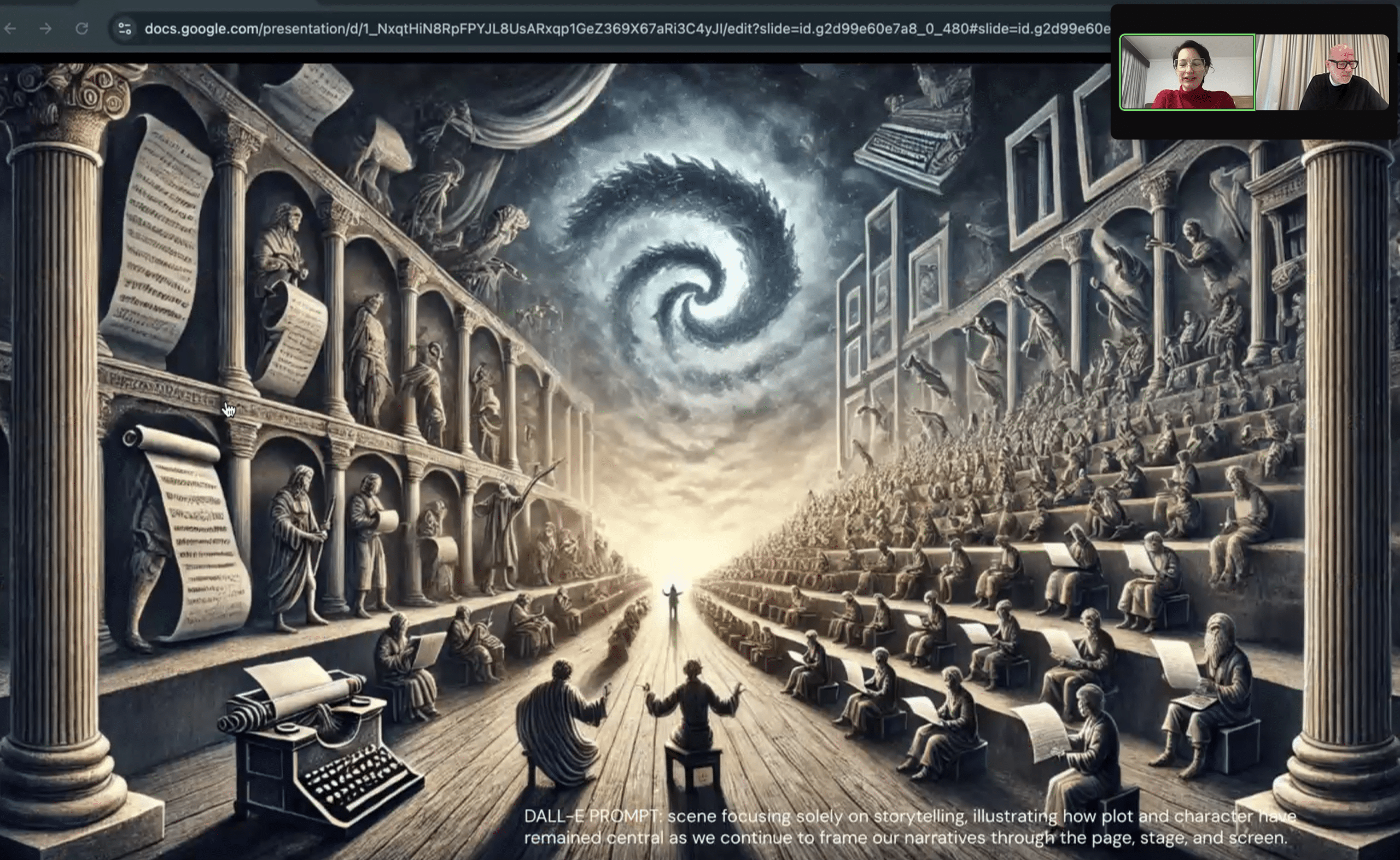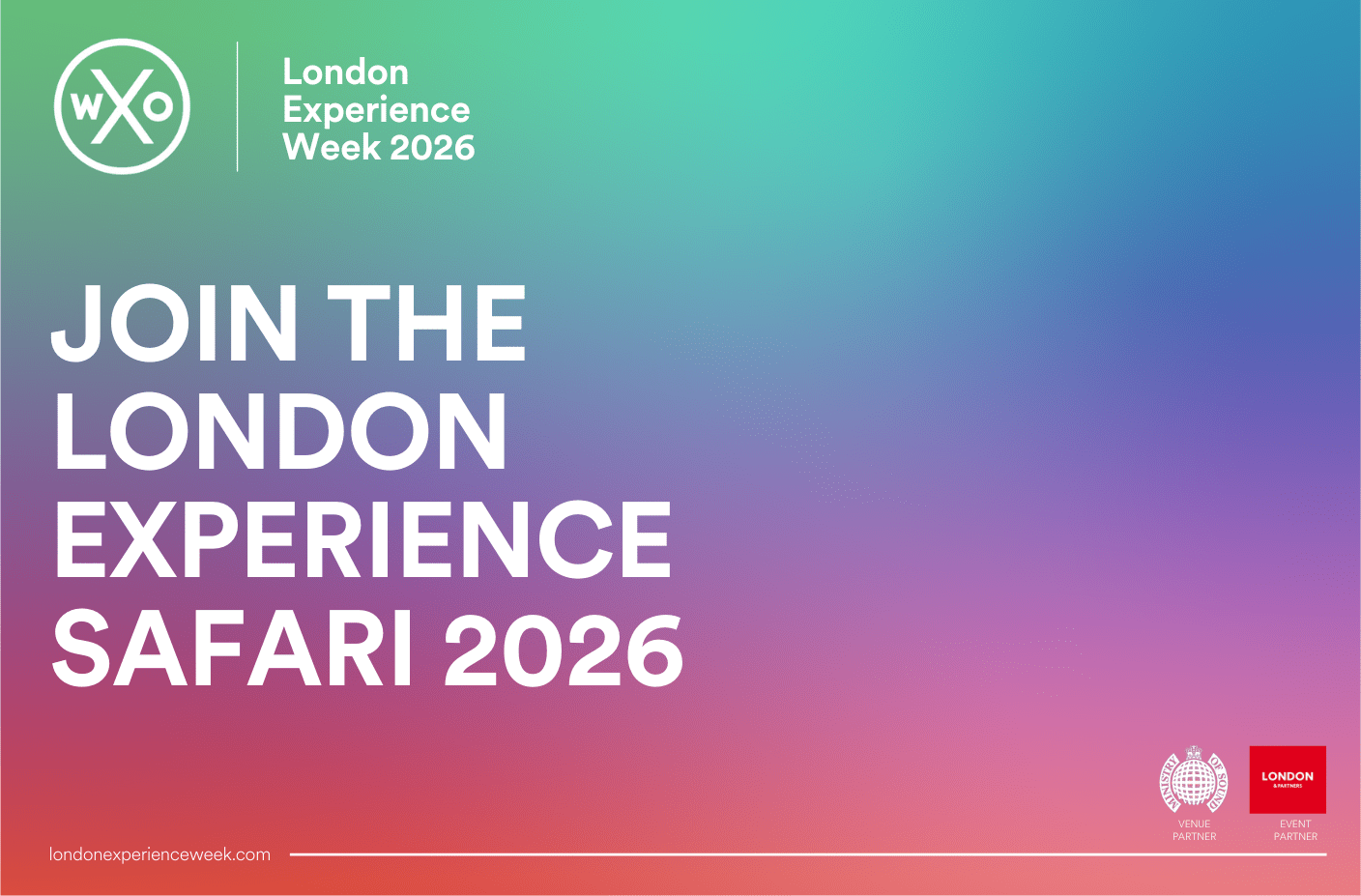The age of experiences is truly upon us, with the immersive entertainment industry of tomorrow reportedly worth $426bn.
But despite this rapid growth, one key challenge remains when it comes to the bottom line: how do you build a financially sustainable business at the heart of the experiential Wild West?
Mikhael Tara Garver is the Founder & Executive Creative Producer of Culture House Immersive, and answers this question with another question: how do we build the creative?
She’s channelled her 25 years of experience – including work on Star Wars Galactic Starcruiser, Punchdrunk’s Sleep No More, Disney, Netflix, AMC, Meta and many more – into some brilliant thinking that might just unite the creative and the commercial and provide a sustainable pathway for immersive development.
An Old-School Pipeline For A New-School Industry
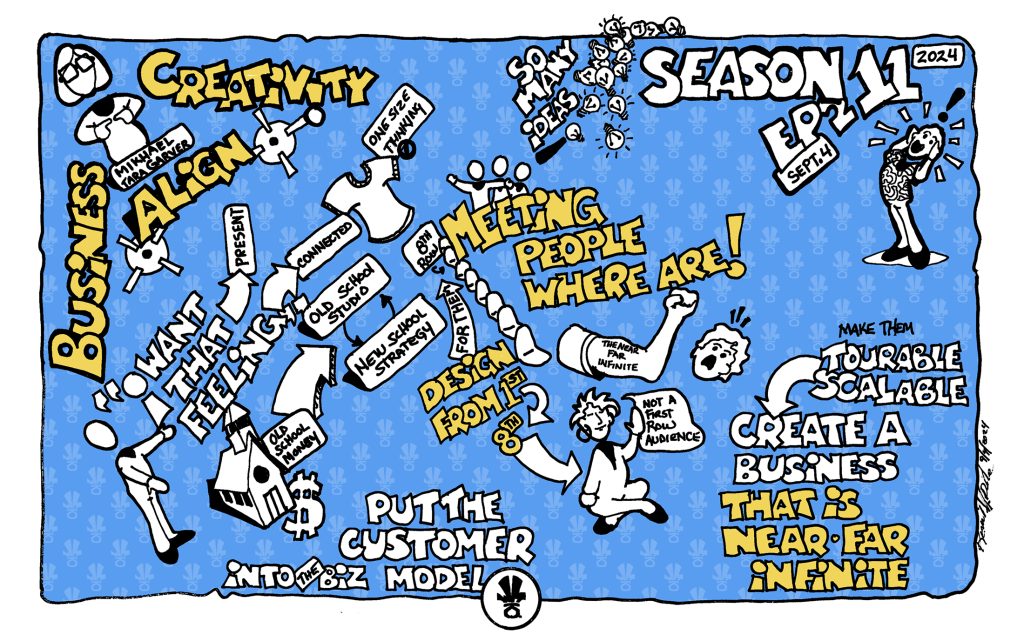
Garver realised that although it’s growing and the traditional industry is struggling, we still tend to follow the old models of funding. So Culture House Immersive is building a first-of-its-kind pipeline for “Feature Immersive Entertainment” – immersive entertainment “led by its unique superpowers” – across roller rinks, disused malls, XR platforms, television, podcasts, music festivals, restaurants, family entertainment centres, ren faires, and more.
They’ve also launched an incubator that’s currently prototyping 17 projects and looking to finance 5-6 of them, providing a creative pool both for creators and venues and modifying the risk to investors. The ambition is to become a destination not for immersive experiences, but for best-in-class immersive ventures.
“Money is tricky, but it’s also abundant. We’ve built an ecosystem so money is coming from a lot of different directions: financers who are passionate about this sector, and people who need more content for their venues. We’re building a pipeline to provide them with it – not just one piece of content, but multiple projects. We’re going where people are already playing: disused malls, apps, music festivals. And we’re leveraging the fact that this industry keeps growing.” – Mikhael Tara Garver
If you’re grappling with the challenges of how to turn your creative idea into a sustainable business model, read on to discover why business doesn’t have to limit the creative, but can in fact liberate it, cementing the future of the immersive experience industry along the way.
Connect “That Feeling” To A Sustainable Business Model
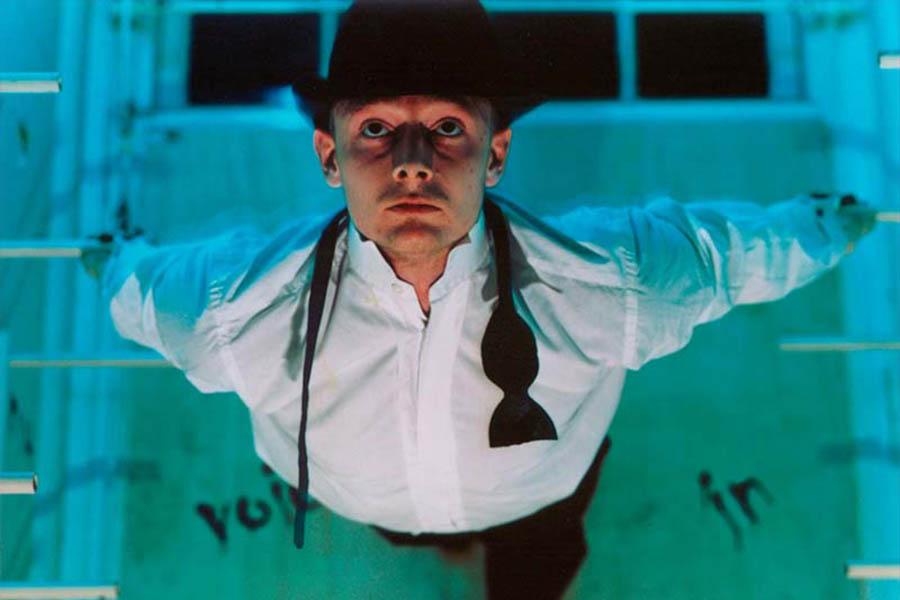
In business meeting after business meeting, for clients across the Experience Economy delivering wildly different immersive experiences, Garver noticed one shared thing that everyone was looking for… “that feeling”.
“That feeling” isn’t one size fits all, and will mean something different in each experience. However, Garver figured out that the core meaning is the same: it’s a feeling that the audience has of being present and connected to something larger than themselves, a shared human desire.
You should always aim to deliver “that feeling” – but the biggest lie told in experiences is that you don’t need to worry about the money as a result. When done the right way, it also applies to business models, which depend on being connected to the wider business in order to make it sustainable.
For the new world of immersive experiences, we need new business models to get us there. Garver has identified three main features that a true Feature Immersive Entertainment pipeline should have.
One-Size Creative Fits All → Fit For Each Experience
“The strength of this field is also its challenge: not one size fits all.” – Mikhael Tara Garver
We still believe that one-size creative fits all: that we should be able to build a tried-and-tested business model for immersive experiences.
However, one of the greatest challenges of immersive entertainment is that it’s not just one thing. It’s Taylor Swift fandom bracelets, Sleep No More, theme parks, Extended Reality, escape games, and so much more besides.
Therefore the copy-paste-repeat model isn’t going to work. We need varied experiences to evolve the industry – and varied business models to serve their needs. Each experience has a different standard, so Culture House Immersive looks at different elements that might tour and scale it from the outset, be that an animated series, an interactive ARG podcast, augmented reality, or an app-based game.
Old School Money → Money With Creative
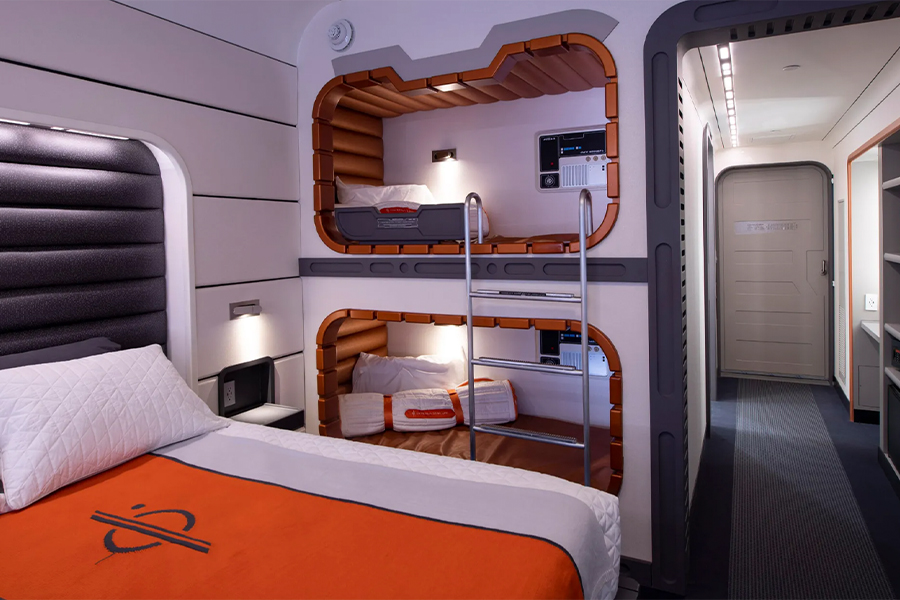
In an old-school money model, we’re tied to client demand and either overwhelmed with work or scrabbling for it. Live events and experiences always come back, despite clients’ worries – so how do we build less of a client-facing model?
The truth is that we don’t have to be shackled to the old ways of monetising entertainment. A model based on tickets alone doesn’t work – see Habo Studios’ research on the LBE rule of thirds, which shows that only 34% of revenue in successful experiences comes from ticketing. Garver is building an old-school studio and pipeline, but with a new-school strategy that packages the creative, the business model, and the prototype.
“All of these projects don’t have the same business model, but that’s their strength.” – Mikhael Tara Garver
While each model is unique and strategic, some new-school methods might be:
- A deep narrative world. Integrated merch and F&B are part of all these models, but Garver is also curious about solving their specific challenges by having a deep narrative world for each experience. If people have their head in a phone at a rock concert, for example, how do we create narratives large enough where both their phone and the live experience are included, rather than trying to get them off it?
- A combined B2B and B2C model for almost all experiences in the incubator. An experience is more sustainable if the model isn’t based on either building for a client or selling tickets.
- Collaborating with performing arts centres (PACs) who invest in the incubator. There’s a growing demand from these centres for better, more innovative content to reach new audiences. Culture House Immersive benefits from having a space to prototype without capitalisation costs. PACs are willing to pay them to bring content to their space, especially as they know how to work with them without being disruptive. Not all PACs or experience creators are ready to navigate this relationship, but for those that are it’s a huge opportunity. In a similar way, immersive technology owners might be interested in investing for you to use their emerging technology.
- Balancing both licensed and original IP. The market for licensed content is growing, but consumers are also much more interested in original IP and new adventures and experiences. There’s room for both, in the same way that we need both blockbuster and indie films for a healthy film industry.
- Leveraging LBE to seed long-lasting IP. By launching an IP with an LBE rather than afterwards, Culture House Immersive can seed creative ownership and build a stronger, more sustainable economy for its creators.
- Build where the audience is. Culture House Immersive have partners across the US, not only in creative hubs, democratising access to these experiences where people want them.
Start Where You Want → Meet People Where They Play
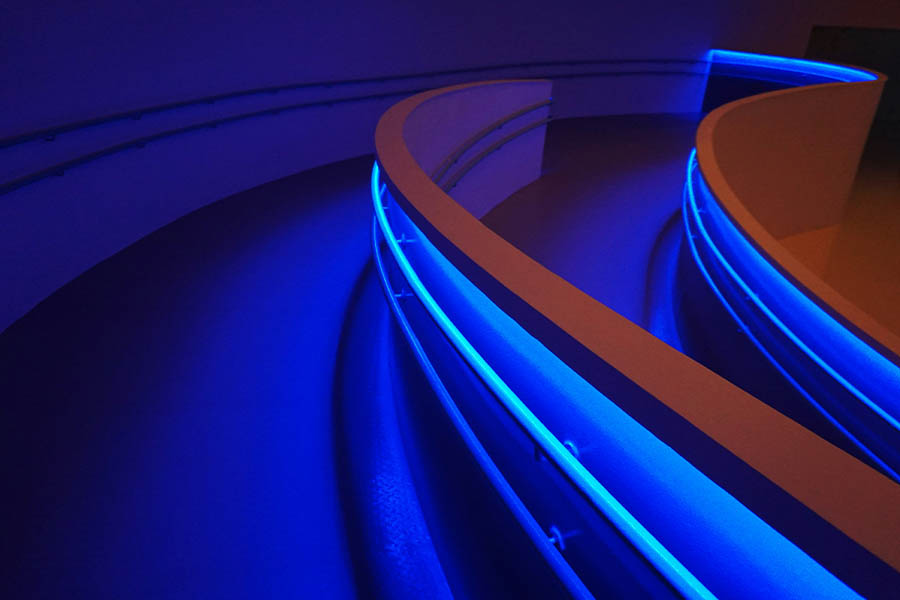
Traditionally, we expect people to start where WE want them to. We expect them to buy a ticket and show up to our location.
However, we should instead be thinking about meeting people where they play. To build a fandom, you should start from the behaviour that’s recognised and feels comfortable and safe, in order to begin a larger journey.
“I get excited about designing not for the person who’s pushed to the front row, but for the person in the 8th row. How do we design a narrative experience so they still feel like they belong?” – Mikhael Tara Garver
“I get excited about designing not for the person who’s pushed to the front row, but for the person in the 8th row. How do we design a narrative experience so they still feel like they belong?” Mikhael Tara Garver
This means thinking about where people are in “near, far, and infinite space” in order to create “that feeling”. What’s the first way they might come on board? What’s the furthest way? And what is the “infinite space”: the way the narrative world expands to include them through active participation? This will impact how you create your story, train your performers and staff, and how the money is spent. Garver calls this “immersive involvement”: the craft to create “that feeling”.
“I want to feel deeply where I am, but also live in all the spaces in between.” – Mikhael Tara Garver
The WXO Take-Out
“Business is generative, not limiting to our creativity.” – Mikhael Tara Garver
Garver believes that the immersive entertainment field needs more strength in terms of a sustainable model – and that if you find the collaboration in business, it starts to become creative and exciting rather than frustrating and limiting.
This spirit of collaboration might move us from thinking about individual immersive attractions and experiences, which can be tricky to finance and build, to collaborative immersive ventures, which have the scope and scale to attract investment, experiment with different models, and build the immersive industry of the future.
So next time you’re designing an experience, ask yourself:
- What ways might creativity and business feel at odds in your work?
- How do you manage the near, the far, and the infinite? And how does this work with your commercial model?
- If you come from B2B space, what B2C revenue model could you bring in – or vice versa?
Enjoyed this? You might also be interested in:
- How Commercial & Creative Combine For Sustainable LBE
- The Economics Of Immersive
- How To Make Like Meow Wolf And Turn A Creative Idea Into Big Business
Want to come to live Campfires and join fellow expert experience creators from 39+ different countries as we lead the Experience Revolution forward? Find out how to join us here.
*Feature image: Star Wars: Galactic Starcruiser in Walt Disney World Resort, 2023, Photo credit: courtesy of Walt Disney Company

